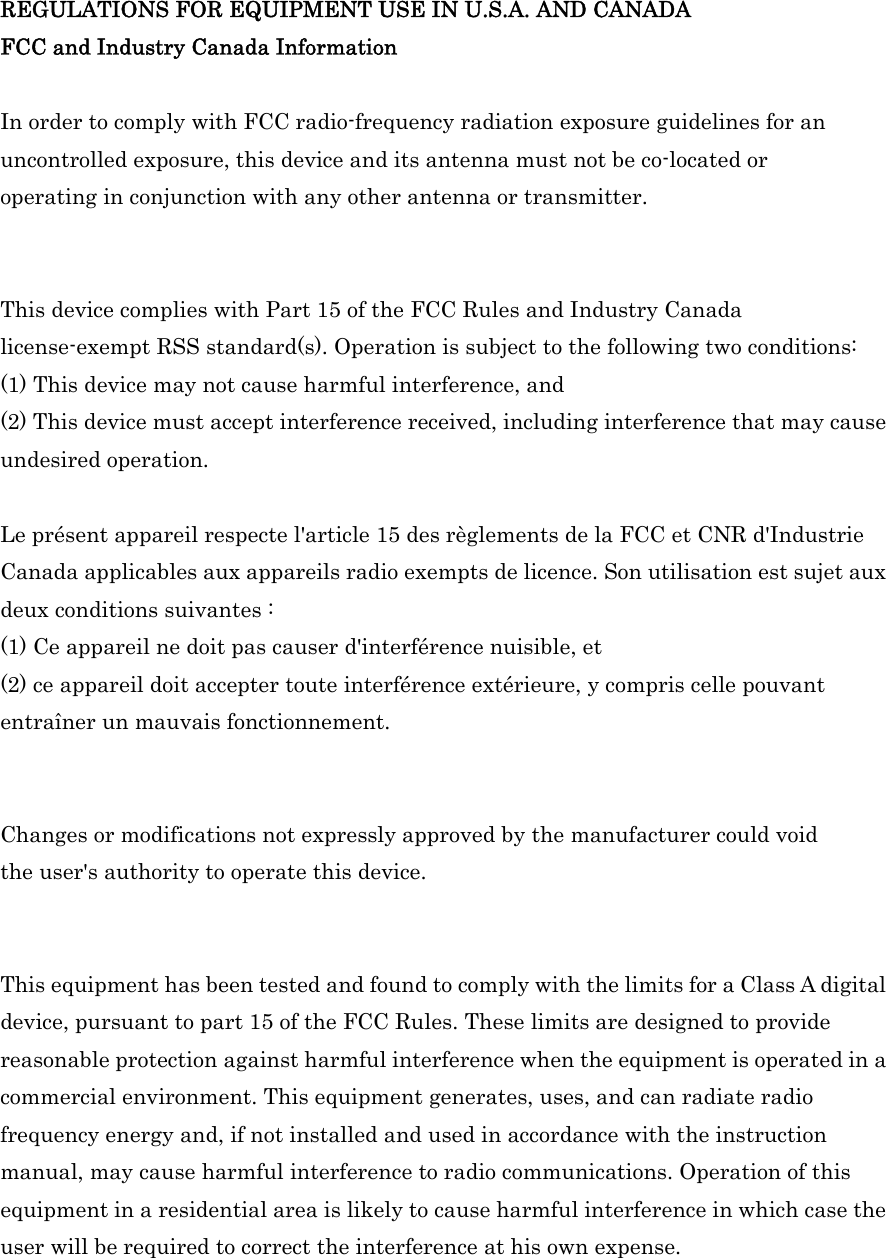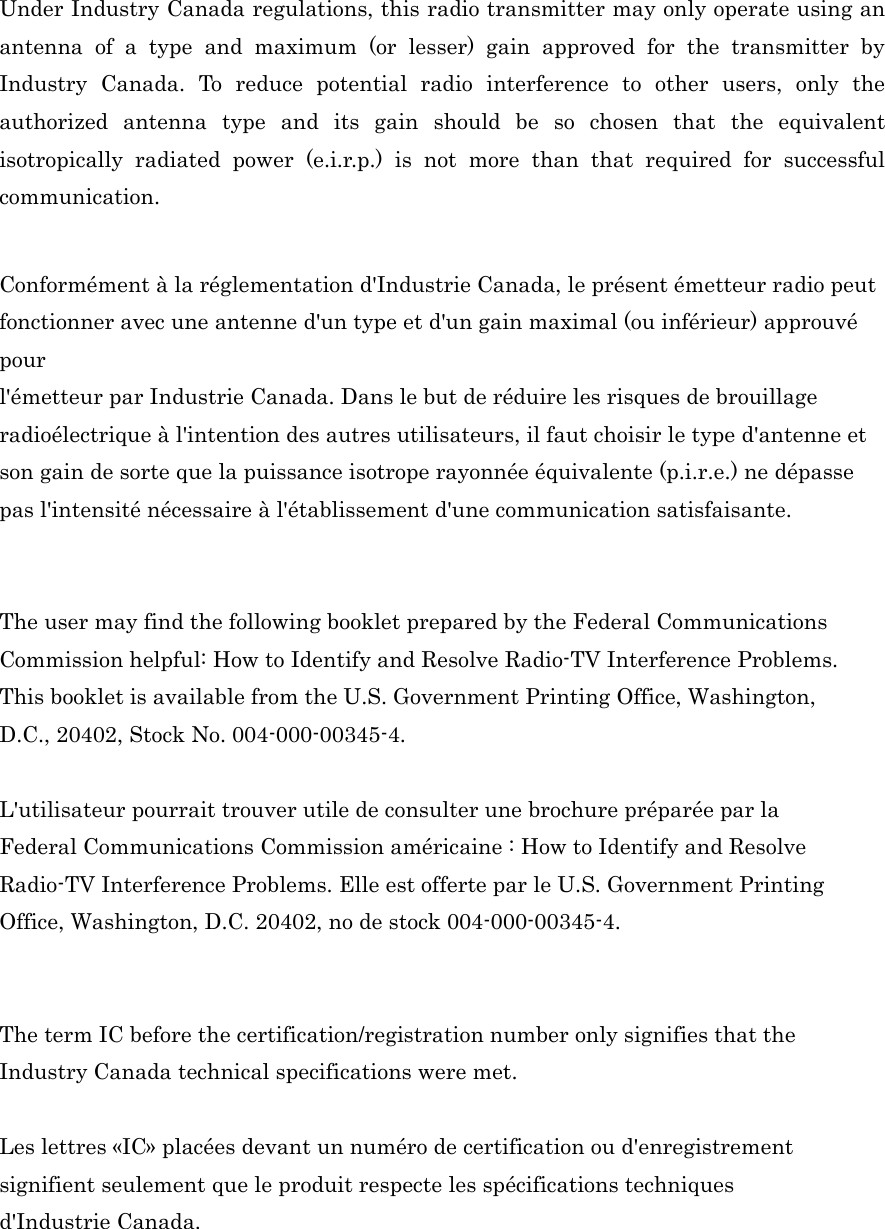Mitsumi Electric Co DWMW028 Wireless LAN module User Manual final Host
Mitsumi Electric Co Ltd Wireless LAN module final Host
Contents
- 1. Host User Manual
- 2. Module User Manual
- 3. Module Users Manual
- 4. PARTNER-CTR_UsersManual
- 5. Rev. Host User Manual
Rev. Host User Manual

